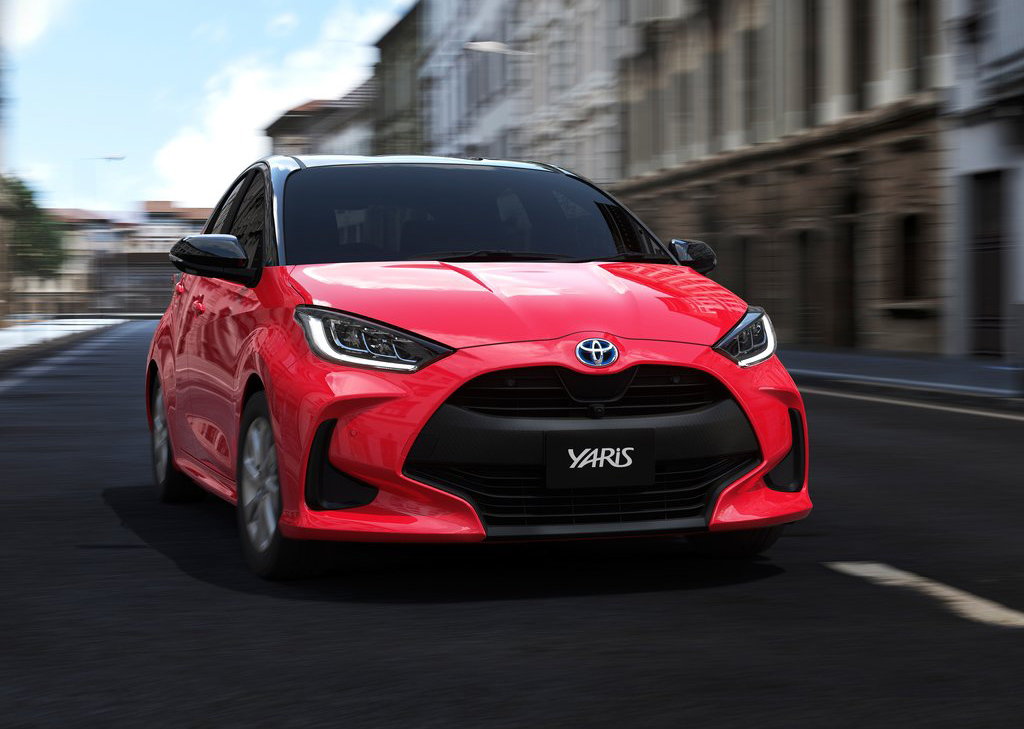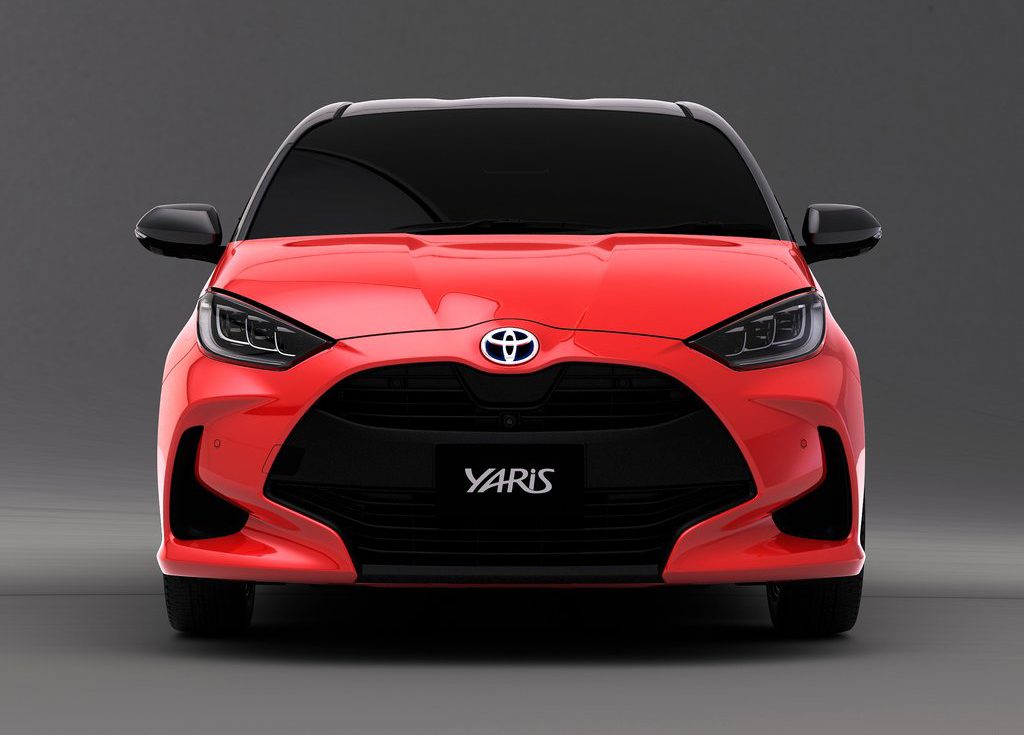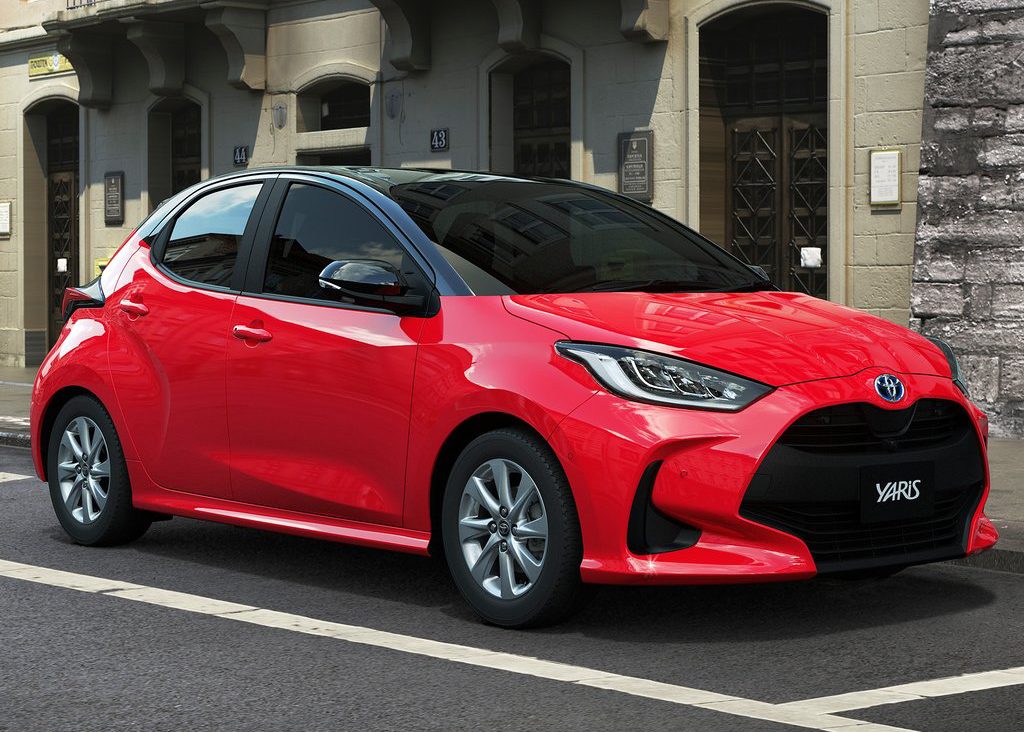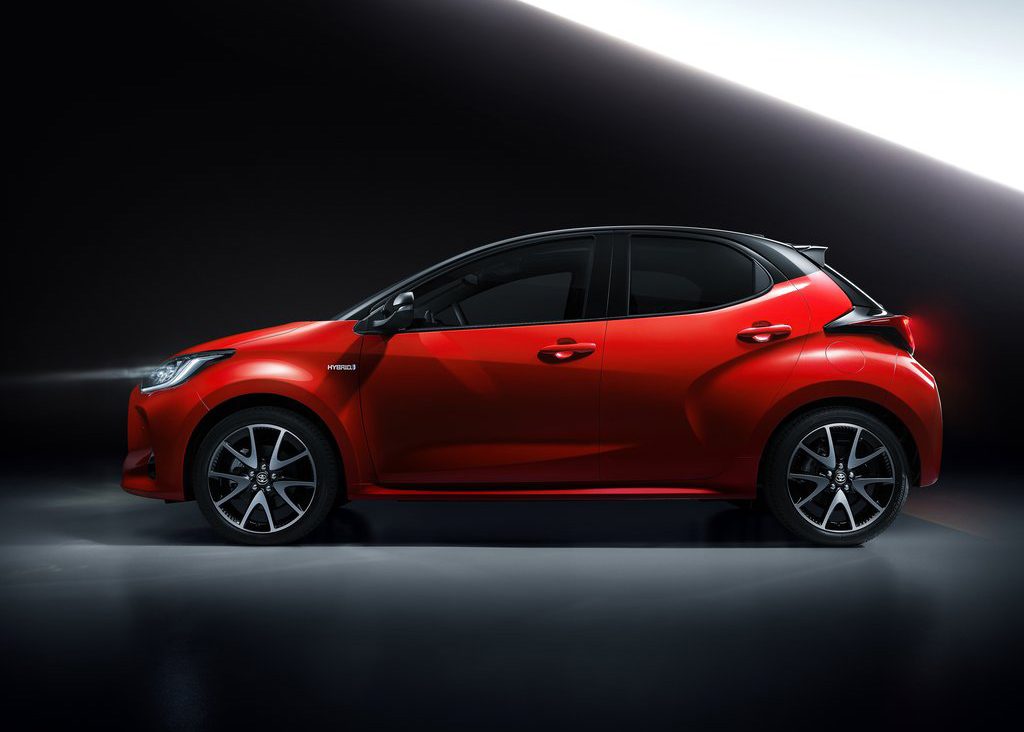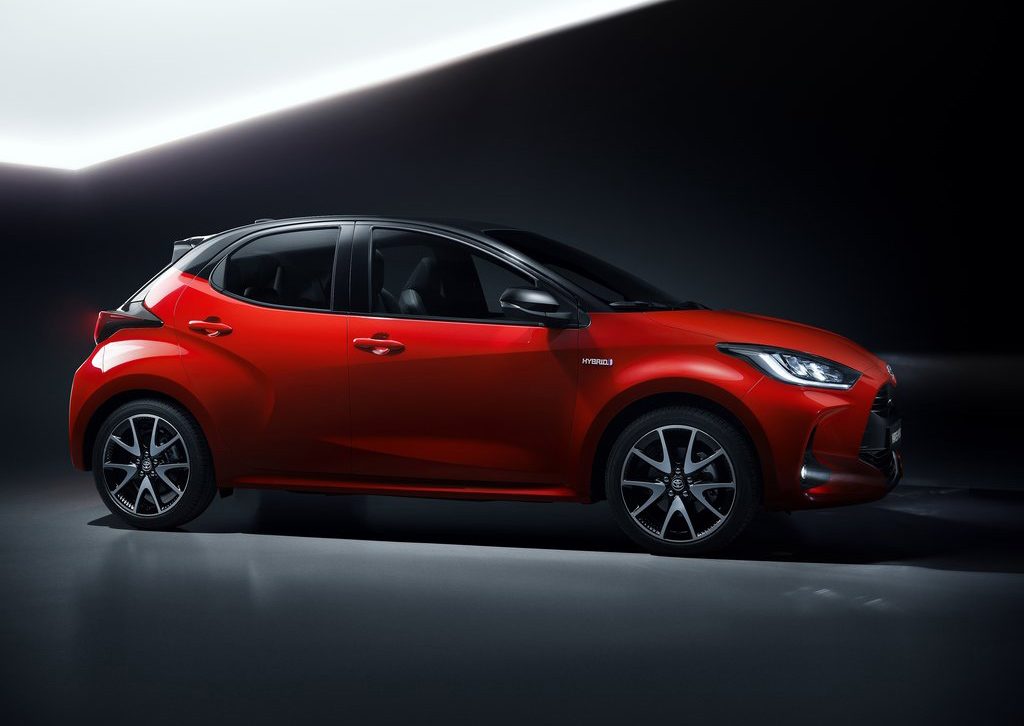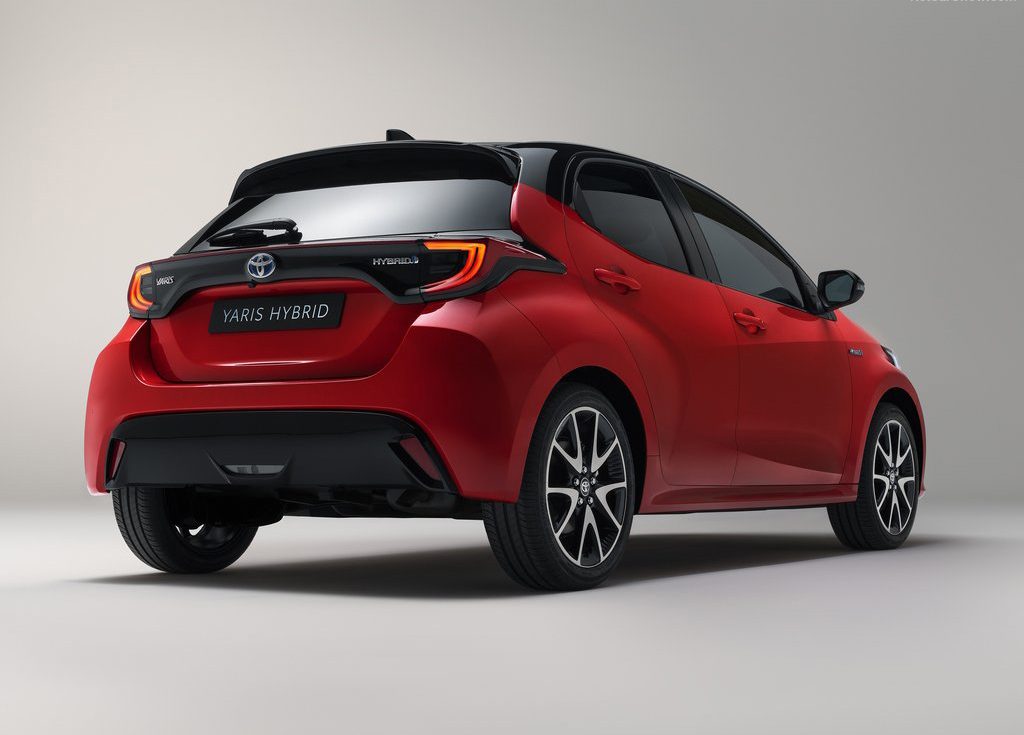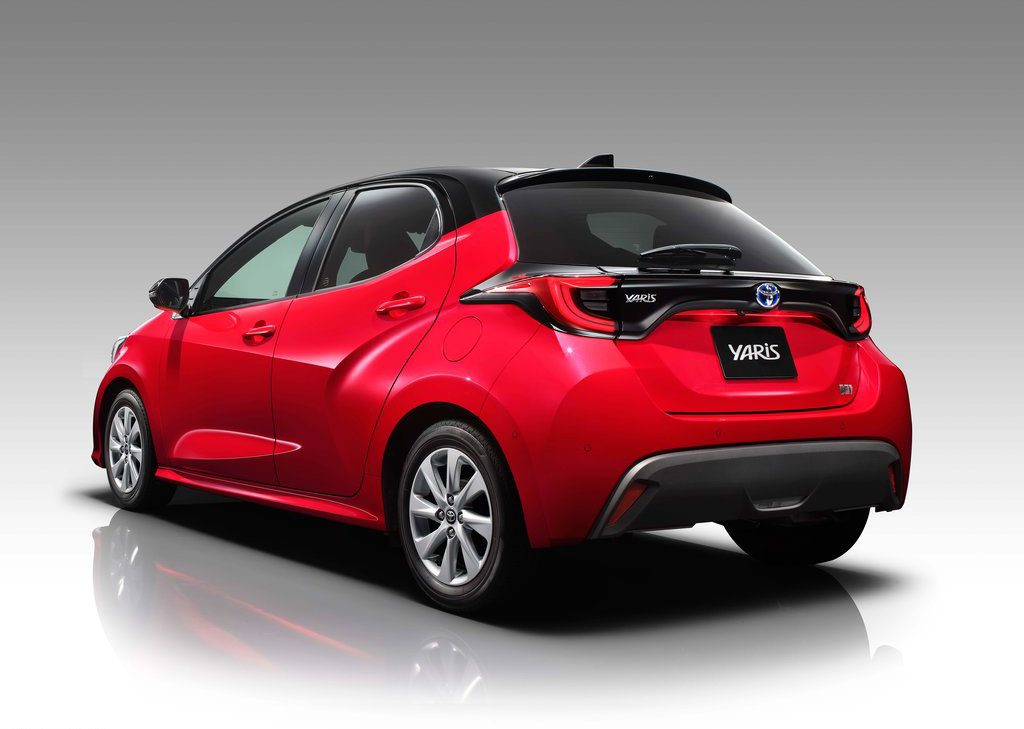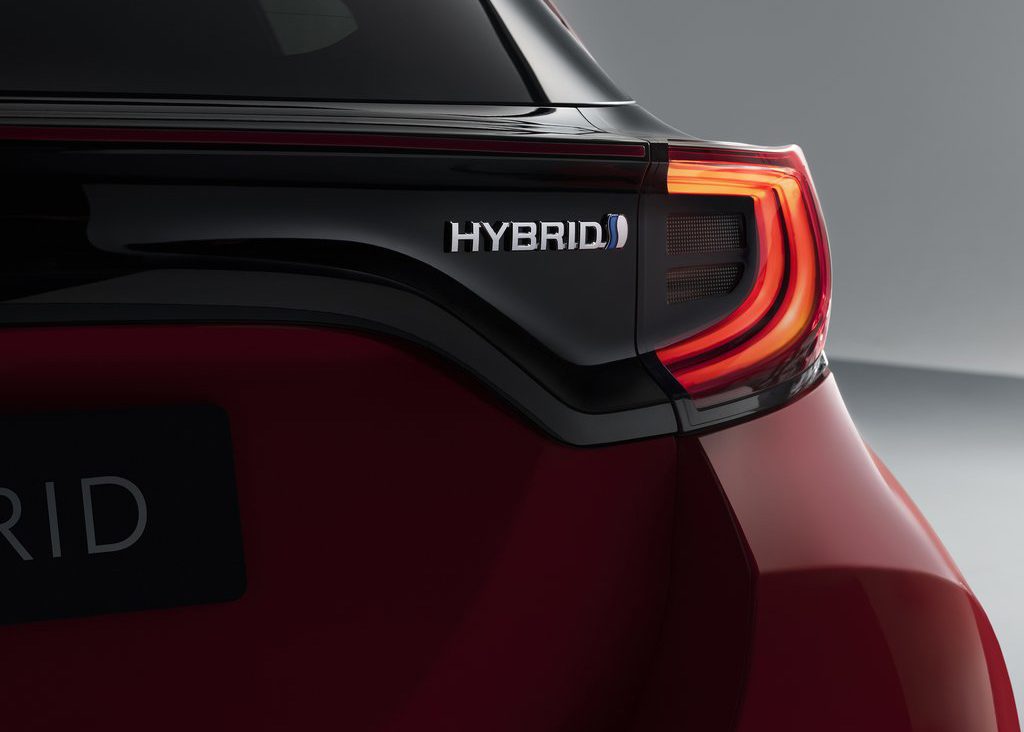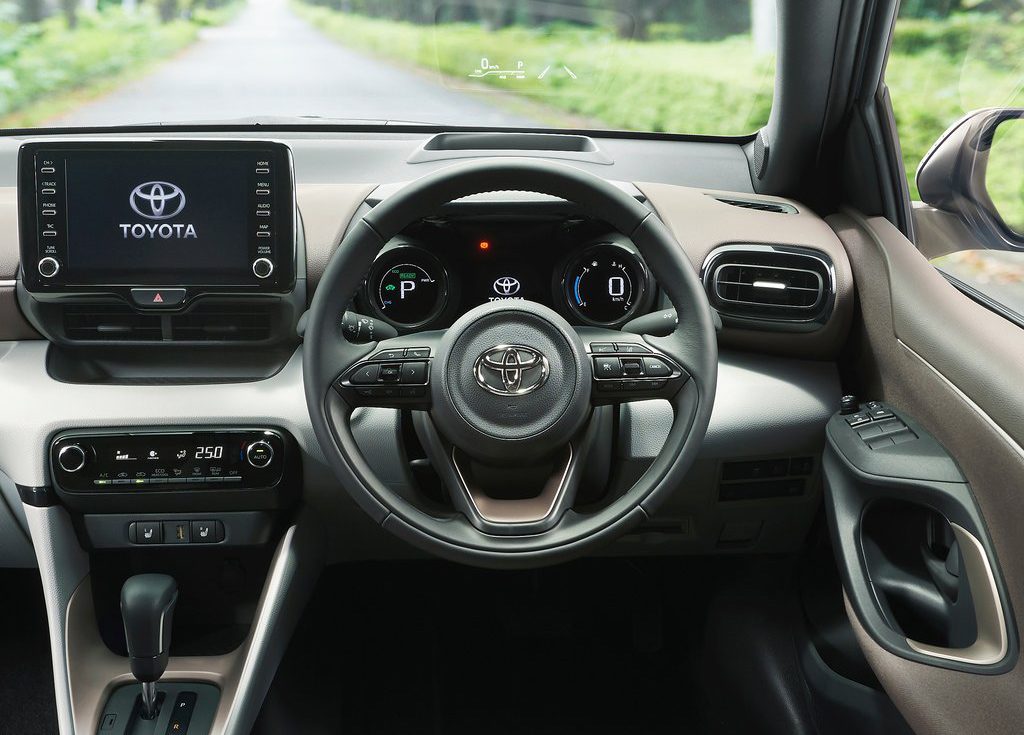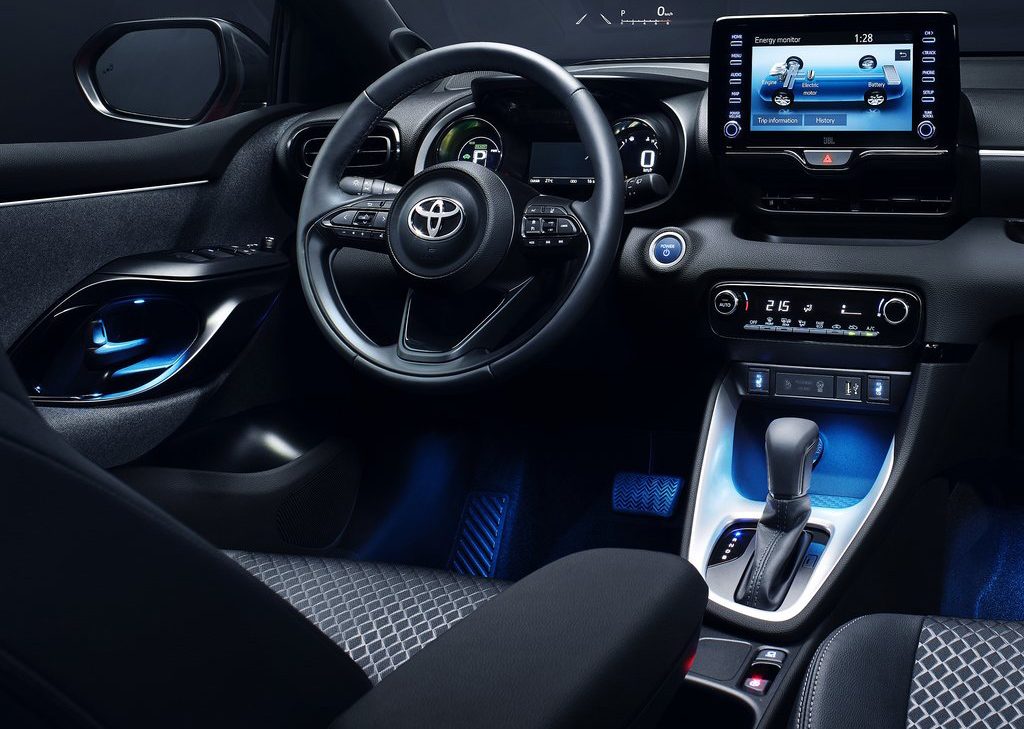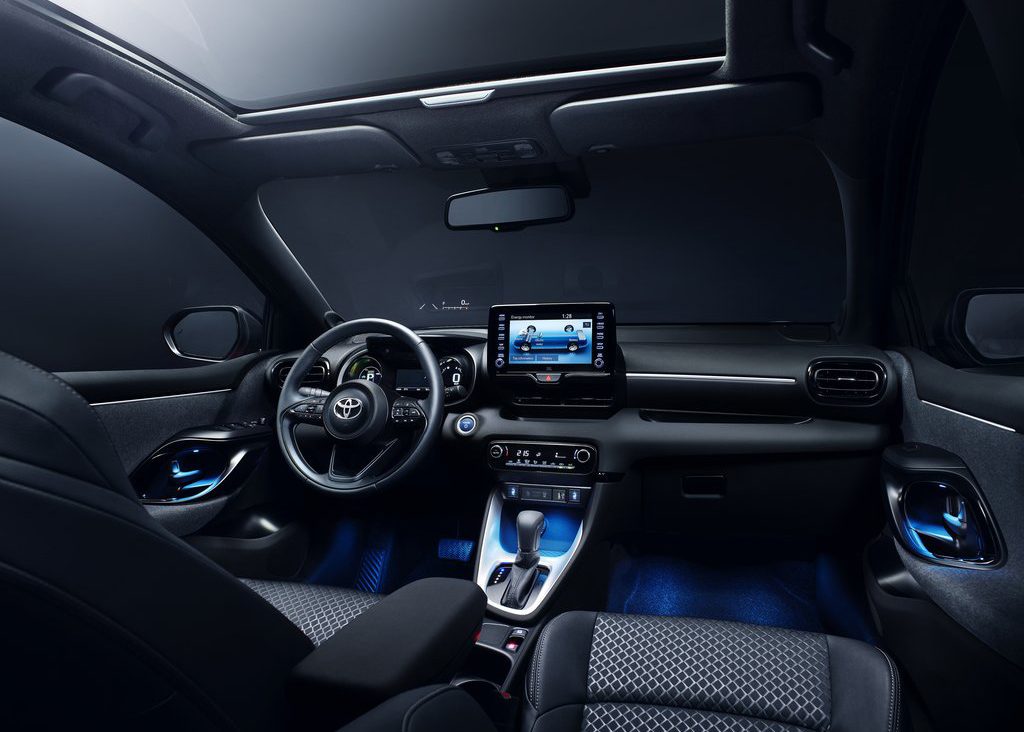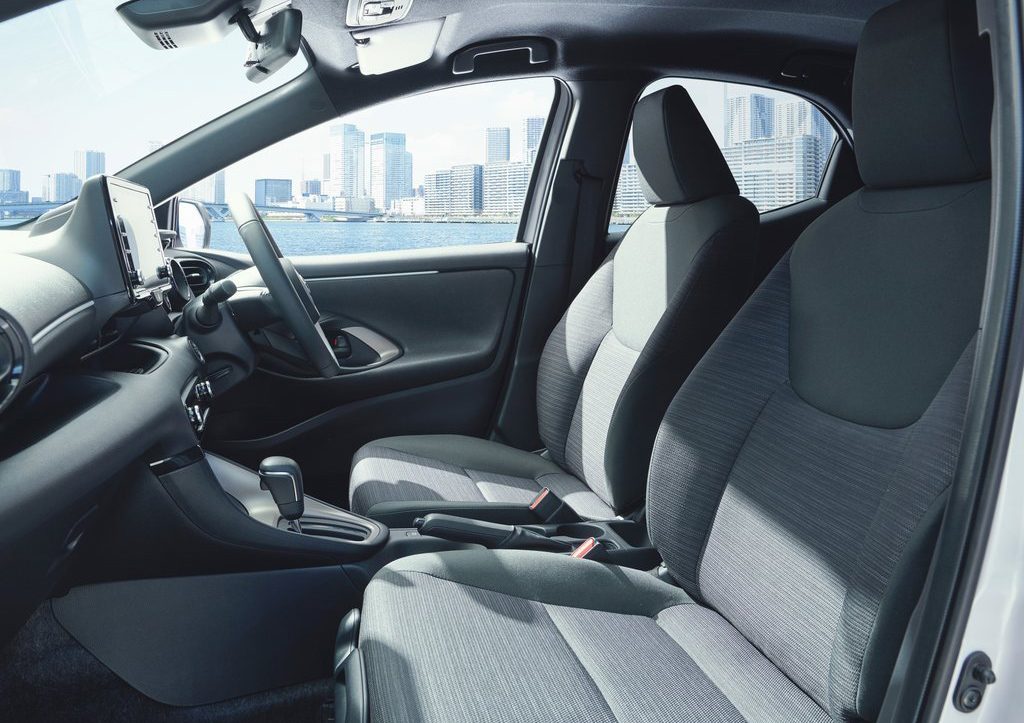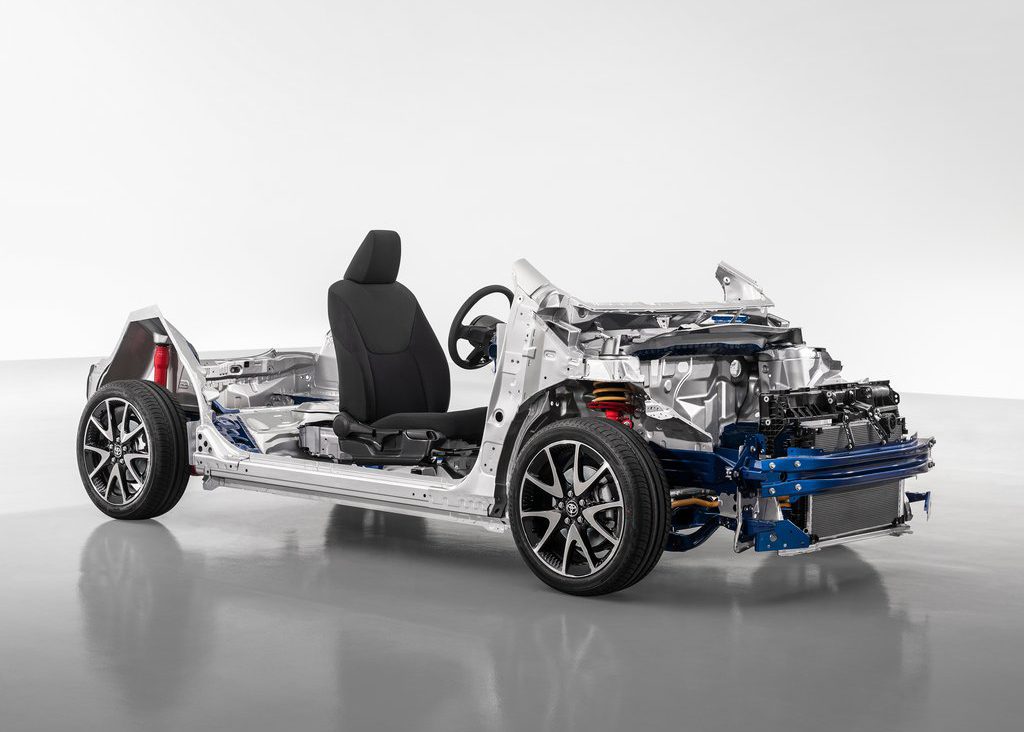The all-new Toyota Yaris has been designed to meet the increasing challenges of everyday urban life.
Today’s compact car customers are amongst Europe’s most demanding and they typically undertake their busy lives in congested urban environments that present them with ever-increasing challenges.
They expect their car to deliver style and practicality. They want it to be easy to park, agile in the city and comfortable on longer journeys. They expect leading levels of safety and the lowest possible running costs. In addition they are more environmentally aware than ever before and seek relevant solutions that fit their daily schedule and surroundings.
And, of course, they also prefer these attributes to be delivered at an affordable price.
To respond to these ever-increasing demands, the new Yaris brings Toyota’s New Global Architecture (TNGA) philosophy to the compact car segment for the first time.
For the new Toyota Yaris, this is delivered through the first use of the new GA-B platform, and the first use of the new TNGA 3-cylinder, 4th generation hybrid system.
This approach is complemented by advances in active and passive systems to create the world’s safest compact car.
GA-B PLATFORM ENABLES STYLISH DESIGN AND SMART PACKAGING
The new Toyota Yaris’ exterior design concept is defined as ‘Condensed and Agile’- always ready to move and enjoy.
Its ‘condensed’ dimensions set it apart in a market segment where new cars have typically grown larger with each successive iteration. Instead, Toyota has reduced Yaris’ overall length by 5 mm, but at the same time increased its wheelbase by 50 mm, ensuring the car is agile and manoeuvrable in city driving and parking, while keeping interior space and also delivering a comfortable interior – the essence of its “big-small” character.
The headlights extend towards the front wheels in a strong styling feature that also reduces the perceived length of the front overhang.
The interior design follows a ‘less-is-more’ principle, creating an open and spacious area for the driver and front passenger. High-quality materials include an innovative felt trim finish for the door panels and, for the first time in a Yaris, a soft-touch instrument panel to deliver a warmer cabin ambience.
Throughout, sensory quality has been a key focus point, in terms of the touch, operation and sound of the controls, colours, illumination, shapes, patterns, graphics and overall appearance.
The cockpit design has been developed around the concept of ‘hands on the wheel, eyes on the road’. Information is presented clearly and directly to the driver from three interlinked sources: the central Toyota Touch screen, a TFT multi-information display in the instrument binnacle and a 10-inch colour head-up display. The larger size head-up display helps the driver focus on the business of driving with least distraction. It projects key driving data and warnings such as navigation prompts and speed limits onto the windscreen within the driver’s field of view.
GA-B PLATFORM ENGINEERED TO DELIVER DRIVING ENJOYMENT
Toyota’s development of TNGA-based platforms has delivered a step-change in the ride, handling and styling of a series of new models. The first, the GA-C mid-sized car platform, is the foundation for advances in the driving character and appeal of the latest generation Prius, the C-HR and the newly launched Corolla. Similarly, the TNGA philosophy has demonstrated its adaptability for larger sedans and SUVs, with the GA-K platform underpinning the new Camry and the new RAV4 to great effect.
Now, with the development of the new Yaris, Toyota is applying the power of TNGA to elevate its compact car performance for the first time. The new GA-B platform is central to the new Toyota Yaris’ enhanced driving enjoyment, delivering a confident and natural feel. The car’s stability inspires confidence, while its response to the driver’s inputs is natural and precise, leading to a heightened sense of agility.
NEW 1.5 HYBRID DYNAMIC FORCE- MORE RESPONSIVE AND MORE EFFICIENT
Toyota’s recognised leadership in self-charging hybrid technology is built on more than 20 years’ experience. With billions of kilometres of driving experience around the world, Toyota hybrids have also proved their outstanding quality, durability and reliability. It is estimated that Toyota hybrid vehicles collectively drive over 500 million kilometres around the world every day.
Since the introduction of the first Prius back in 1997, Toyota Motor Corporation has sold more than 14 million hybrid vehicles worldwide – including 2.5 million in Europe – constantly improving the technology and introducing new models across a wide range of market segments. The Toyota Yaris Hybrid, the world’s first full hybrid B-segment model, was introduced in 2012, since when more than 500,000 have been sold in Europe, establishing it as a key product in creating wider public awareness and appreciation of the benefits of Toyota’s hybrid technology.
The 4th generation Hybrid system has been tested in different cities around Europe such as Rome, Paris, and Darmstadt. Results show that when it is used in an urban area, almost 80% of the time is been driving in Zero Emission Vehicle.
The new Yaris will also be available with 1.5 and 1.0-litre three-cylinder petrol engines in selected markets. More details of these powertrains will be released at a later date.






























